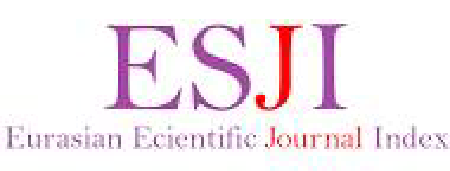CHALLENGES IN TEACHING CHINESE AS A SECOND FOREIGN LANGUAGE IN HIGHER EDUCATION INSTITUTIONS OF UZBEKISTAN
Abstract
This paper explores the major challenges associated with teaching Chinese as a second foreign language in the higher education institutions of Uzbekistan. As China’s global influence grows, many universities in Central Asia, including Uzbekistan, have integrated Chinese language programs into their curricula. However, implementing effective instruction in Chinese remains complex. The article identifies pedagogical, linguistic, cultural, infrastructural, and policy-related challenges that hinder the successful acquisition of Chinese among Uzbek students. The study also suggests practical recommendations for improving the effectiveness of Chinese language education in the region.References
1. Chen, X., & Wang, J. (2020). Chinese language education in Central Asia: Trends and challenges. Journal of Language Teaching and Research, 11(5), 765–773. https://doi.org/10.17507/jltr.1105.09
2. Djamoldinova, S. (2021). Teaching Chinese as a foreign language in Uzbekistan: Perspectives and obstacles. Asian Journal of Education and e-Learning, 9(3), 110–117.
3. Kaplinskaya, I. V. (2019). Linguistic distance and its implications for second language acquisition. Linguistics and Education, 55, 100764. https://doi.org/10.1016/j.linged.2019.100764
4. Li, M., & Zhao, Y. (2018). The role of Confucius Institutes in promoting Chinese language learning abroad. International Journal of Chinese Language Teaching, 2(1), 34–45.
5. Ministry of Higher and Secondary Specialized Education of the Republic of Uzbekistan. (2022). Statistical report on foreign language education in universities. Tashkent: MHSSE Press.
6. Tursunov, R., & Karimova, M. (2023). Integration of Chinese language into the curriculum of Uzbek higher education: Issues and recommendations. Education and Development Journal of Central Asia, 5(2), 88–97.
7. Wang, Y. (2021). Motivational challenges in learning Chinese as a second foreign language: A Central Asian perspective. Journal of Multilingual and Multicultural Development, 42(8), 689–703. https://doi.org/10.1080/01434632.2020.1849012






















